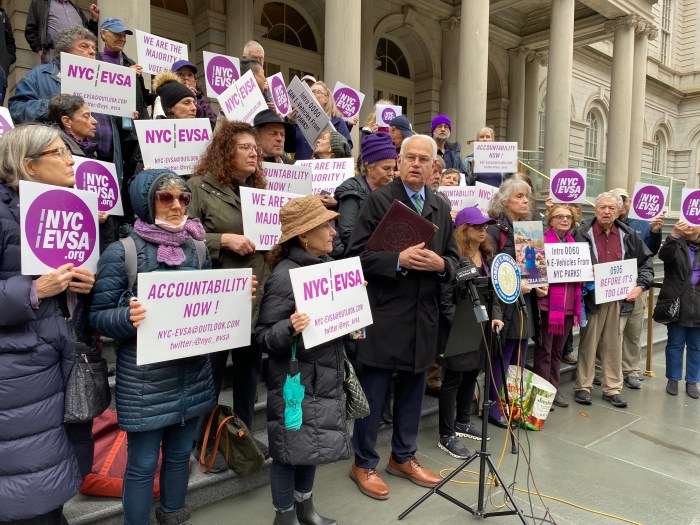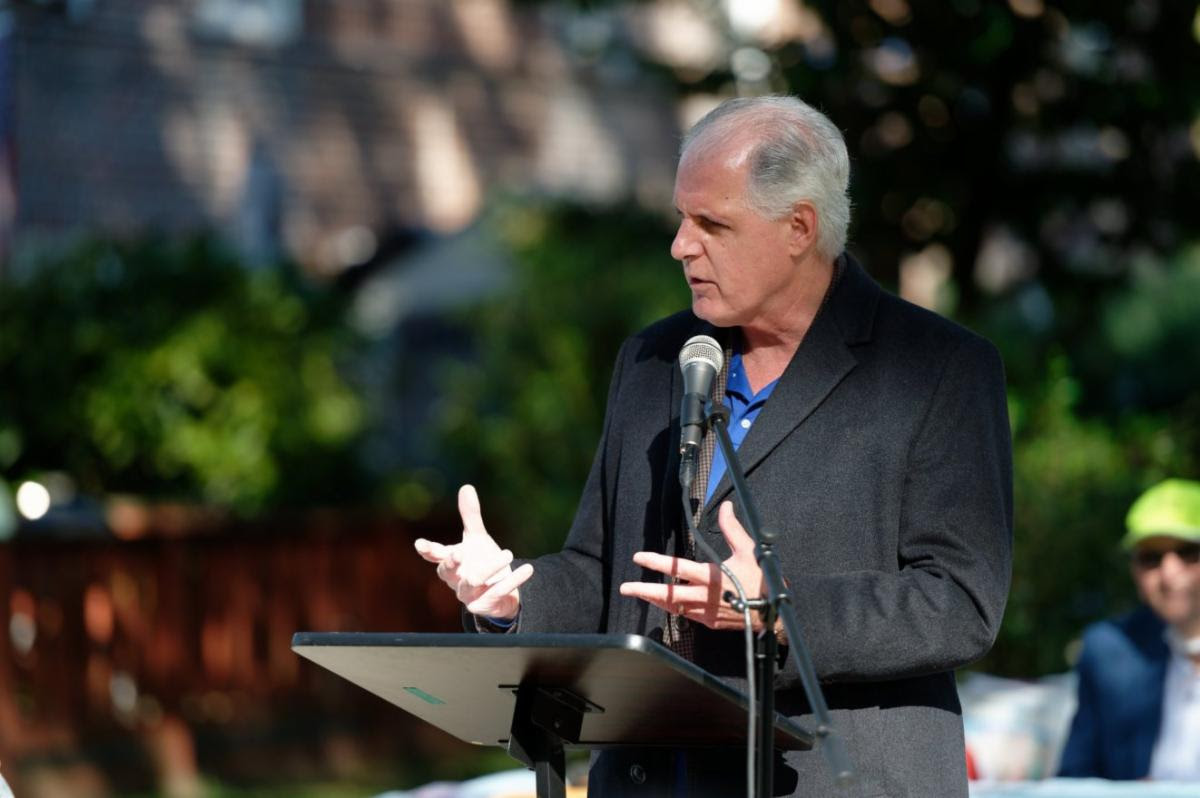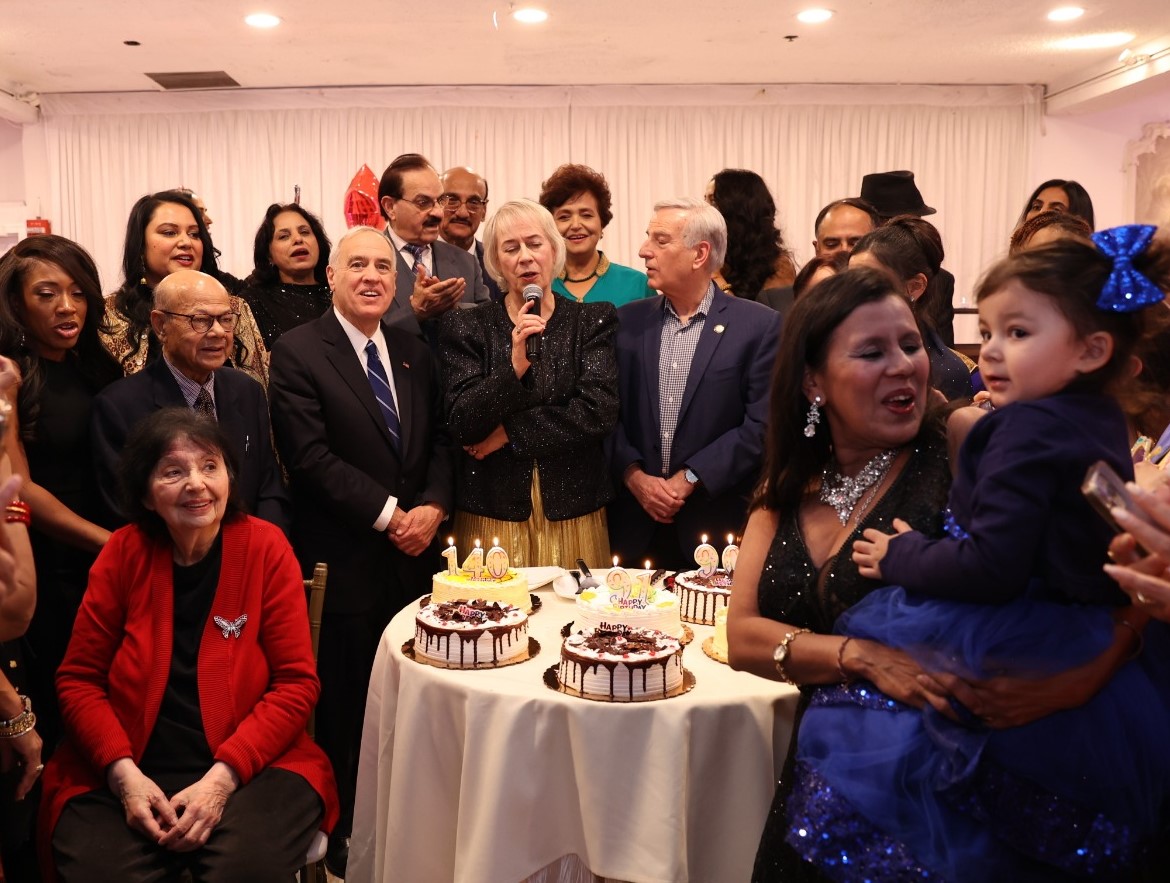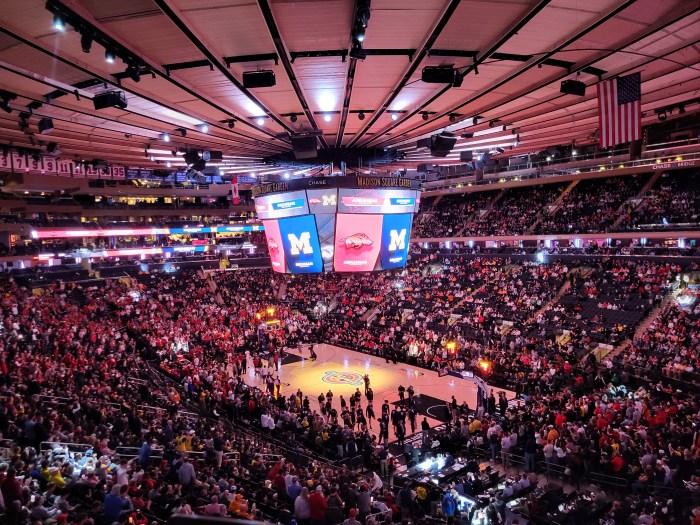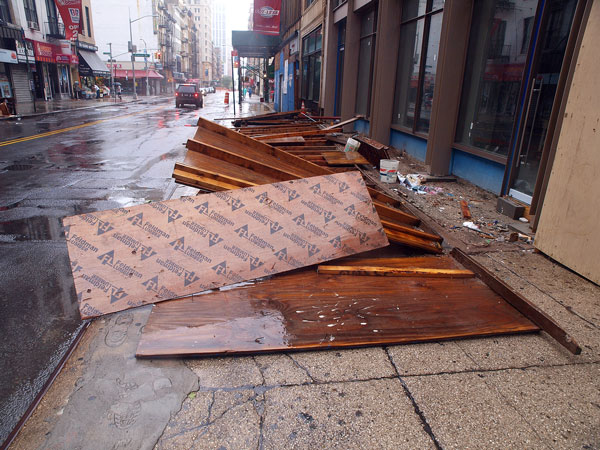
BY Aline Reynolds | Last weekend, Hurricane Irene ravaged much of the East Coast, including coastal parts of the Tri-State area and resulted in historic flooding in parts of New England. To the relief of many, the storm spared the low-lying areas of Lower Manhattan.
City officials prepared for the worst and hoped for the best. Ominous weather predictions last Friday prompted Mayor Michael Bloomberg to order mandatory evacuations of all residents in Zone A, areas most likely to experience flooding.
“If the storm were to head directly east and get away from us, nothing could make us happier. But you can’t prepare for the best case, you have to prepare for the worst case,” Bloomberg said outside the 60th Precinct on Coney Island last Saturday morning, one day after the evacuation order. “Our concern is saving lives, and making sure that the only thing that comes out of this is inconvenience and maybe a little bit of property damage.”
The hurricane, however, weakened to a tropical storm once it hit the city, where there have been no reported casualties related to the storm. The water level of the Hudson River rose 9.5 feet above average along the Battery Park City waterfront at 8:42 a.m. Sunday; but had receded to normal later that morning. The East River also topped its banks temporarily, but caused no major flooding. Con Edison shut down 10 miles of steam lines in Lower Manhattan, but did not shut down power.
“Let’s face it,” said Con Edison spokesperson Chris Olert, “year round, we get heavy rains. Irene was more than heavy rains, but didn’t cause the damage or flooding conditions that would require us to interrupt service.”
Anticipating the worst, many Downtown residents heeded Bloomberg’s warnings and evacuated. Several hundred other residents stayed overnight at nearby schools that were converted into makeshift shelters, including Seward Park High School, I.S. 131, and P.S. 42. Senator Daniel Squadron, Councilmember Margaret Chin and Assembly Speaker Sheldon Silver went door-to-door to shelters and residents’ homes, alerting them of the evacuation order, encouraging them to leave and arranging transportation for them. Downtown Alliance rerouted its Downtown Connection buses to shuttle people to and from the schools. Other residents stayed in hotels.
Lance Von Zepkan, a wheelchair-bound resident of St. Margaret’s House at 49 Fulton Street was frightened to stay at home. On Friday, he took a car to a shelter at John J. College, where he said he had a very positive experience. He was given a double mattress due to his disability and received dinner. Doctors were also on call in case he or others needed medical services.
“I had never been evacuated before like this. On the whole, I was treated exceptionally well — to the degree that I’d compare it to luxury hotel service,” said Von Zepkan.
Independence Plaza North resident Diane Stein sought refuge at Washington Irving H.S. in Gramercy.
“I was feeling stressed out, ‘cause I planned to stay [home], but I started to take the mandatory evacuation seriously,” said Stein. “I didn’t want to be a drain for first responders if something happened to me.”
A member of the Tribeca Community Emergency Response Team, Stein was one of several Downtown residents that lent a helping hand, setting up water stations and converting some of the classrooms into dormitories at the high school.
South Street Seaport resident Anne Jackley, also a C.E.R.T. member team, volunteered at Seward Park High School, performing head counts and helping the estimated 600 evacuees that stayed there as they were leaving the shelter on Sunday. School teachers also volunteered their time, Jackley reported, and even set up a small play area for children.
I.P.N. resident Beverly Barone also decided to hunker down at home — but for different reasons. “It seemed too complicated to get me out of here and get to a shelter,” said the wheelchair-bound resident. “I decided to stay, and I must say I’m glad I did. It was perfectly pleasant. I listened to the T.V. and nothing happened.”
While many New Yorkers, including those who did evacuate, were grateful the city was taking extra precaution, Jean Grillo, chief of the Tribeca C.E.R.T., said residents weren’t properly instructed.
“They were being told to evacuate, but they weren’t told where to evacuate to,” said Grillo. “You have to have a better system in place to tell people in large areas they need to evacuate.”
So Grillo and her teammates posted a map of the evacuation zones and a list of the shelters in many of the affected buildings in Lower Manhattan.
Improvements need to be made, Sen. Squadron echoed, so that evacuations are more streamlined in the event of another emergency — particularly in overcoming language and transportation barriers.
“The mayor and local volunteers who took a leadership role deserve great credit for being repsonsive and aggressive in the hours leading up to the storm,” said Squadron. “But we also saw the plan has weaknesses that must be addressed in case we ever have an issue like this again.”
Chin’s office knocked on resident’s doors throughout Chinatown and the Lower East Side to help translate the mandatory evacuation notice to non-English speaking residents.
“These kind of events are scary and difficult for vulnerable members of our community. Many of the members of St. Margaret’s House have lived there for many years,” said Chin. “With a little reassurance and guidance, we were able to get all 316 residents evacuated.”
Speaker Silver said he was pleased with the evacuation process.
“I am proud of the way our community once again pulled together during these very difficult circumstances. Lower Manhattan residents, many of whom bore the brunt of the storm, were cooperative and brave, helping one another as the worst of the weather moved through,” the Speaker said in a statement. “Thankfully, we were spared the worst of the storm’s possible effects, but it is always better to be prepared.”
Many evacuees felt fortunate not to have been injured by falling debris or shattered windows.
“I’m so grateful that things weren’t worse and that nobody got hurt,” said Smith Houses Tenant Association President Aixa Torres, who stayed at her brother’s apartment in Vladeck Houses over the weekend.
Out of 1920 Smith Houses families, only 250 or so stayed behind. The local elected officials are honoring Torres and the New York City House Authority for her evacuation efforts at Smith Houses on Wed., Aug. 31.
Southbridge Towers resident Joe Morrone said he felt especially lucky to be alive this week. Morrone decided to take his dogs on a walk shortly after midnight Sunday, when a large tree limb fell and broke through the rear window of a car parked a few steps away from him.
“I just felt there was a lot of hype, and heard the storm was lessening in strength,” said Morrone, “but it was total stupidity for me to walk out there. I couldn’t believe how lucky I was.”
The Mayor, Morrone said, made “the right decision” in evacuating the city’s low-lying areas.
“It may not have been the easiest thing to move away from one’s apartment, but it’s the right thing to do,” said Morrone. “If it had turned bad, we would have had a completely different story today.”
Downtown Hospital, which was outside of Zone A, accommodated eight evacuees and safeguarded the facility from potential flooding. Medical managers cancelled all vacations to come into work and supervise the instant command center.
“We’re sheltering in place and getting ready for this storm,” John Bray, director of Emergency Medical Services at Downtown Hospital, said Friday.
On Sunday, Bray reported things went just as planned.



